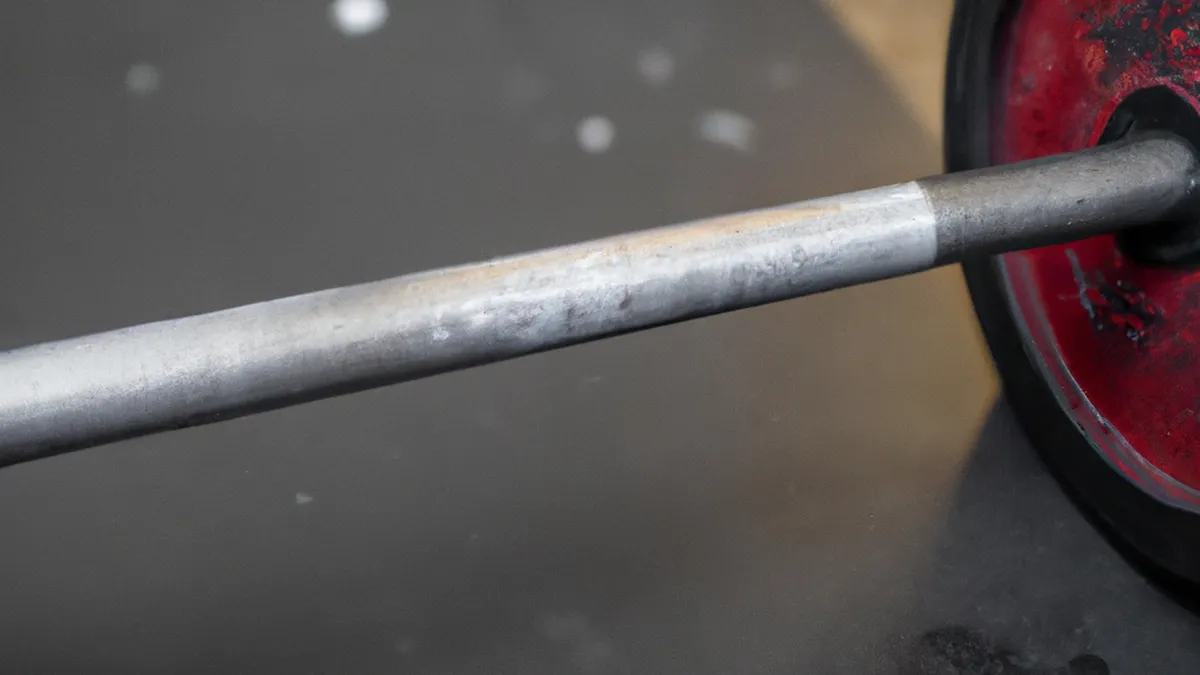Ditch These Poor Kettlebell Techniques
Common Mistakes to Correct in Kettlebell TrainingKettlebell training has gained popularity in recent years. It builds strength, enhances endurance, and improves overall fitness. However, many people make mistakes that hinder progress or cause injury. This blog post discusses these mistakes and offers actionable correction tips.
Understanding Kettlebell Basics
Before starting kettlebell training, grasp the fundamentals. Kettlebells come in various weights, and choosing the right one is crucial. Beginners should select a manageable weight to focus on form and technique. This approach helps prevent injuries and supports long-term success.
Grip and Hand Position
Beginners often grip the kettlebell improperly. Many trainees hold the kettlebell too tightly, leading to wrist strain and fatigue. A relaxed grip is essential; the kettlebell should rest comfortably in your palm.Correct hand positioning also matters. The handle should sit diagonally across your palm, enhancing control and stability during movements. A proper grip and hand position improve your training experience and workout efficiency.
Foot Placement and Stance
Another common error involves foot placement and stance. Many individuals stand too wide or too narrow, affecting balance and performance. Aim for a shoulder-width stance to maintain stability during kettlebell exercises like swings and squats.Ensure your feet point slightly outward. This alignment aids hip mobility and creates a solid base for various movements. Proper foot placement and stance are critical for executing exercises effectively and safely.
Common Kettlebell Exercise Mistakes
As an Amazon Associate I earn from qualifying purchases.
Gear tip: consider kettlebell, fractional plates, and lifting belt to support this topic.
Improper form during kettlebell exercises can cause injuries and reduce workout effectiveness. Below, find common mistakes and tips for correction.
The Swing Mistake
The kettlebell swing is foundational, yet many beginners rely on their arms for motion. Focus on powering the swing with your hips. Thrust your hips forward as you swing the kettlebell, using momentum to carry it upward. This hip-driven action engages your core and glutes, maximizing power.Avoid swinging the kettlebell too high. It should ideally reach chest level; swinging higher can strain your shoulders and back. Concentrating on proper swing mechanics enhances performance and safety.
The Goblet Squat Error
The goblet squat is a key kettlebell exercise, but many perform it incorrectly.
Conclusion
In summary, address common kettlebell training mistakes to enhance your workouts. Focus on grip, stance, and form for better results.
Below are related products based on this post:
FAQ
What are the basics of kettlebell training?
Understanding kettlebell basics is essential before starting your training. Kettlebells come in various weights, and selecting the right one is crucial for beginners to focus on form and technique. This approach helps prevent injuries and supports long-term success.
What is the correct grip for kettlebell training?
A proper grip is vital for effective kettlebell training. Beginners often grip the kettlebell too tightly, which can lead to wrist strain and fatigue. A relaxed grip, where the kettlebell rests comfortably in the palm, enhances control and stability during movements.
How should I position my feet during kettlebell exercises?
Foot placement and stance are critical for executing kettlebell exercises effectively. Aim for a shoulder-width stance to maintain stability, and ensure your feet point slightly outward to aid hip mobility. This alignment creates a solid base for various movements, improving performance and safety.















Post Comment